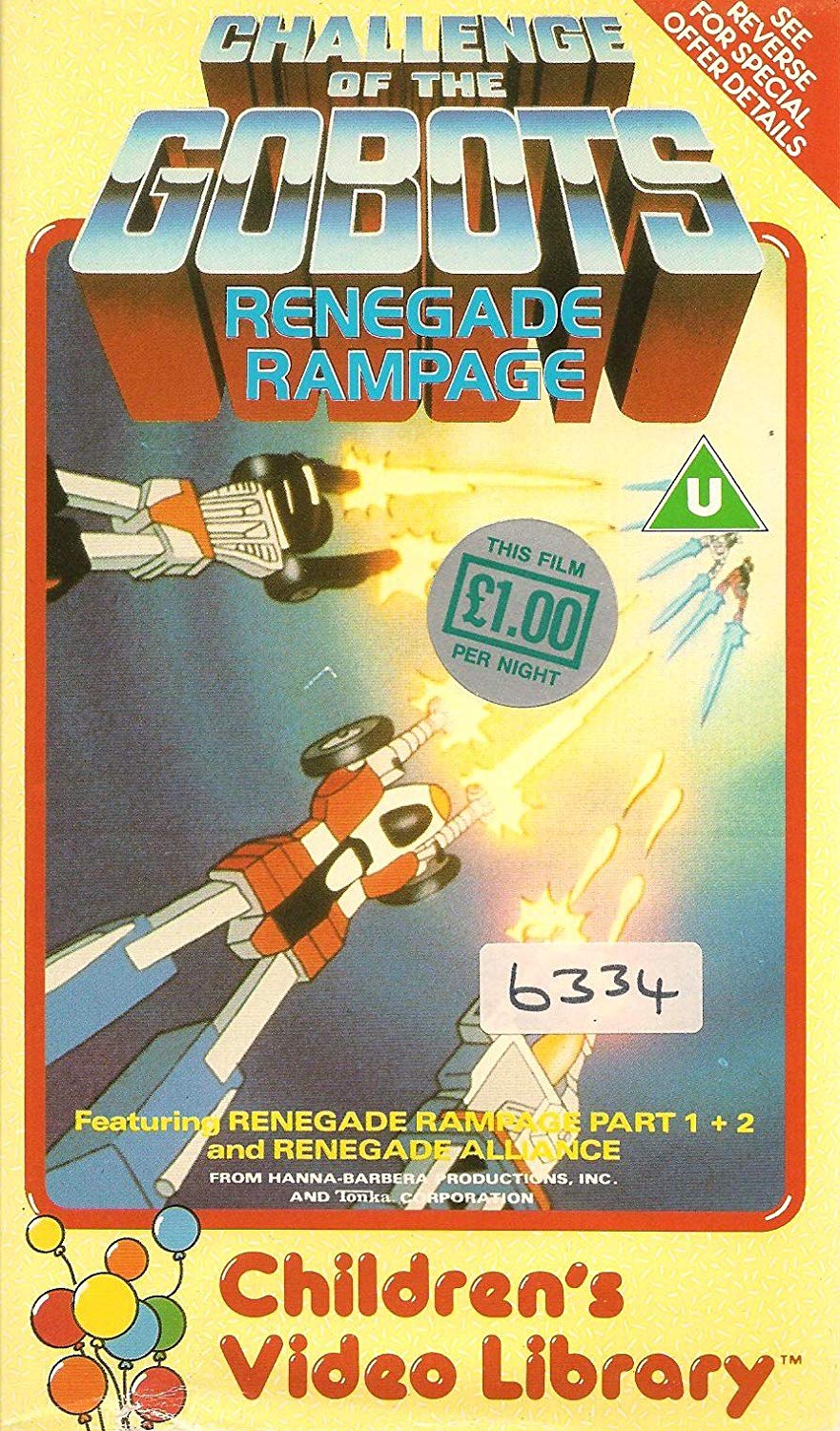
Maintaining Process Automation Even after your robotic automation goes live, you can be sure that it’s going to need your attention again one day, sometimes the next day.

If it doesn’t save a considerable amount of labor, cost, and time, it may not be economically viable. But automating a process via RPA can be very expensive to analyze, develop, program, implement, and maintain. It would be so much easier if the task could run overnight, then human workers could take over in the morning. That requires a lot of planning and forward-thinking.Įconomical Advantage You likely have a process that is repetitive and tedious that you want to eliminate with robotic process automation. You’ll also have to explain how the change will benefit both the company and your team. You’ll have to get your own team focused on the concept of putting your processes into robotic automation. But analyzing, streamlining, and transferring your processes to robotic automation is often more difficult than expected. Process Analysis When you find a capable automation team, you’ll need to help them create processes tailored to your business. Finding the right professionals is critical to make your robotic automation implementation successful. The journey is not going to be an inexpensive one. You’ll need to find a developer with a team that knows your business and how automated processes can best be used to maximize ROI. Designing such automation systems is still a new, unique skill. Robotic Automation Development To benefit most from robotic automation, you’ll likely need a custom package designed for your business. Here are some challenges to consider first. Understandably, companies want to implement robotic automation systems of their own in order to remain competitive. You may have heard that your competitors are already using robotic process automation (RPA) to digitize labor, capture and store big data, run social media accounts, or manage cloud computing environments. Robot automation has brought about substantial, rapid change in many industries, many of which offer improvements that would’ve seemed impossible only a few years ago. The only ‘theme’ to a side was that anything that turned into a ‘monstrous’-looking robot or vehicle was a Renegade.The explosive growth of robotic automation makes it seem as though nothing could hold it back. Likewise, there was no commonality of design within each faction. The characters had no identifying insignias or markings to indicate their allegiance, although it was indicated on the toy packaging. GoBots had no clear divide between the two factions. Cy-Kill, Fitor, Cop-Tur and Crasher), who were virtually ever-present, with other characters seeming to rotate in “guest-star” roles.
#Challenge of the gobot series
The series generally focused on a small number of robots from each faction (Leader-1, Turbo, Small Foot and Scooter vs. The GoBots’ origin as organic beings accounted for the presence of genders among the robots.

The female robots on the series, such as Crasher, were built like the males, but with some distinguishing female features. The characters rarely had guns, instead shooting energy blasts out of their fists. The Guardians were led by Leader-1 while the Renegades were led by Cy-Kill. GoBots dealt with two opposing forces of transforming robots from the planet Gobotron: the heroic Guardians and the evil Renegades.


 0 kommentar(er)
0 kommentar(er)
